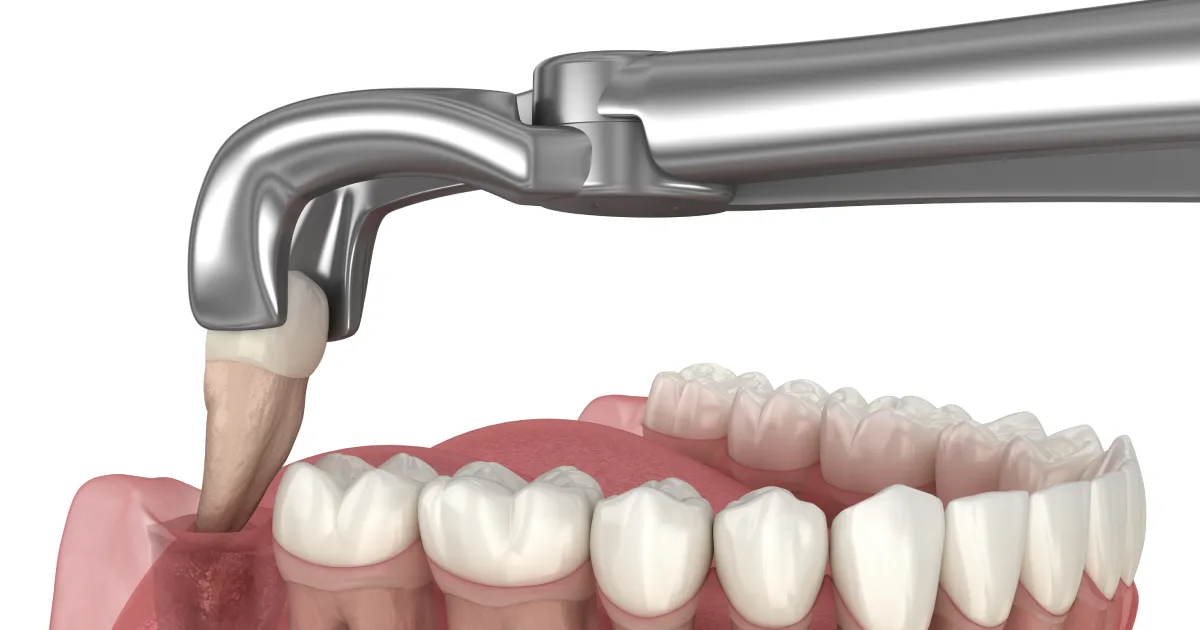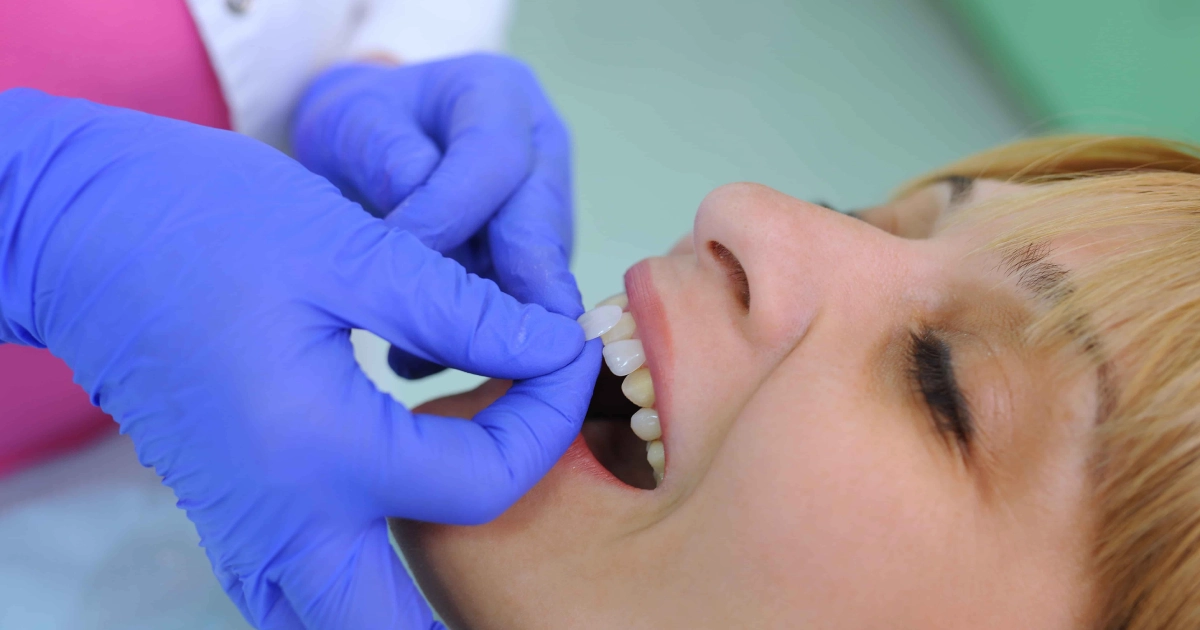Table of Contents
The persistent pain in the back of the jaw, ongoing swelling, or trouble fully opening the mouth often indicate issues with wisdom teeth. For many people in their late teens and twenties, these third molars arrive with complications rather than functioning as intended. At 24th Street Dental Biltmore in Phoenix, AZ, providers see patients every week who’ve put off addressing problematic wisdom teeth until discomfort becomes impossible to ignore.
The anxiety around wisdom tooth extraction is understandable. Dental procedures involving surgery naturally raise concerns about pain, recovery, and what actually happens during the process. But understanding each step, from the initial assessment through full healing, can ease worries and help people approach the procedure with confidence rather than dread.
Let’s walk through exactly what happens during wisdom teeth removal, who needs it, and what the recovery process really looks like. No medical jargon, no glossing over the details; just practical information that helps make informed decisions about oral health.
Why These Teeth Cause So Much Trouble
Wisdom teeth, the third set of molars that typically emerge between ages 17 and 25, often don’t have enough room to grow properly. Modern human jaws have evolved to be smaller than our ancestors’, yet we still develop these extra molars. This size mismatch creates problems.
Impacted wisdom teeth occur when these molars can’t fully break through the gum line or grow at awkward angles. They might push against adjacent teeth, grow sideways, or remain trapped beneath the gum tissue. This impaction leads to pain, swelling, infection, and potential damage to surrounding teeth and bone.
Even wisdom teeth that emerge fully can cause issues. Their position at the very back of the mouth makes them difficult to clean properly, leading to decay, gum disease, and infections that affect overall oral health. Some people develop cysts or tumors around impacted wisdom teeth, which can damage the jawbone and nearby teeth if left untreated.
The wisdom teeth removal procedure addresses these problems before they escalate into more serious complications. Removing problematic wisdom teeth protects the rest of the mouth and prevents future issues that become more complex and costly to treat.
The Wisdom Teeth Removal Procedure: Step-by-Step
Understanding the process helps ease a lot of the uncertainty. Here’s an overview of the tooth extraction steps involved in the process and what you can expect.
1. Consultation and Evaluation
X-rays help your dentist assess the position of the wisdom teeth and determine if they’re impacted or likely to cause issues. This visit is also when you’ll talk about sedation options, medical history, and recovery planning.
2. Pre-Treatment Preparation
If sedation is involved, you may be asked to avoid food and drink for several hours beforehand. You’ll also want to arrange a ride home after the procedure.
3. Numbing the Area
On the day of your appointment, the team ensures you’re completely comfortable. Local anesthesia is used to numb the area. You can also choose IV sedation for a deeper sense of relaxation.
4. Removing the Tooth
- If the tooth has already erupted, it may be removed in one piece.
- For impacted wisdom teeth, a small incision may be made in the gum. In some cases, a bit of bone is also removed.
- The tooth may be sectioned into smaller parts to make removal easier.
- Once the tooth is out, the site is cleaned, and stitches may be placed.
5. Post-Procedure Recovery
You’ll be monitored for a short time after surgery, especially if sedation was used. Most procedures take under an hour.
Recovery Timeline: What Happens After?
Wisdom tooth extraction recovery is often smoother than expected, especially with proper aftercare.
First 24–72 Hours:
- Swelling, soreness, and mild bleeding are common
- Stick to soft foods like yogurt, mashed potatoes, or smoothies
- Use cold compresses and take medications as directed
Days 3–5:
- Swelling should begin to decrease
- You may start to return to light activities
- Avoid hard, crunchy, or spicy foods
One Week and Beyond:
- Most discomfort subsides
- Stitches (if used) may dissolve or be removed
- Complete healing continues over the next few weeks
Everyone heals at a different pace, but most patients feel significantly better within a few days. Following post-op instructions closely helps prevent dry socket and speeds up recovery.
The Key Advantages of Having Wisdom Teeth Extracted
Wisdom Tooth Extraction in phoenix, AZ may sound intimidating, but the relief and long-term benefits are worth it. Oral surgery for wisdom teeth is frequently advised for several important reasons that motivate individuals to go ahead with the extraction. These reasons include:
- Pain relief: If the teeth are impacted or pressing on nerves, removing them can stop ongoing pain and pressure.
- Prevent future dental issues: Extracting early can reduce your risk of misalignment, infection, and even jaw problems.
- Protect nearby teeth: Impacted wisdom teeth can damage neighboring molars. Removal helps prevent decay or crowding.
- Lower your risk of cysts or infections: These issues can develop when wisdom teeth don’t fully break through the gums.
- Simplify oral care: Once they’re gone, it’s easier to brush and floss the rest of your teeth without food trapping in the back.
For anyone experiencing symptoms or showing signs during a dental exam, timely removal helps avoid more complex treatments later.
Who Might Need Wisdom Tooth Extraction?
While some people keep their wisdom teeth without issues, others face complications that require extraction.
You’re likely a good candidate if you:
- Feel pain, swelling, or pressure at the back of your mouth
- Have partially erupted wisdom teeth that trap food or bacteria
- Are showing signs of tooth misalignment due to crowding
- Are experiencing jaw stiffness or sinus pressure
- Show early signs of gum disease in the back molars
- Have impacted wisdom teeth seen on X-rays
Even if you’re not feeling symptoms now, your dentist may recommend early removal to prevent problems later. This is especially common for teens and young adults.
If you’re unsure whether the timing is right, contact us at 24th Street Dental Biltmore to schedule an evaluation.
Ready to Feel Relief? Here’s Your Next Step
If you’re dealing with discomfort, swelling, or think your wisdom teeth might be causing issues, you’re not alone. Many individuals tend to postpone seeking help until the discomfort is overwhelming, but receiving treatment early can result in a smoother recovery and a lower chance of complications.
Wisdom Tooth Extraction in Phoenix, AZ at 24th Street Dental Biltmore is a safe, comfortable option tailored to your needs. With IV sedation, personalized care, and a focus on long-term oral health, you’ll be in expert hands from start to finish.
Book your consultation today and take the first step toward pain-free, healthier teeth.






